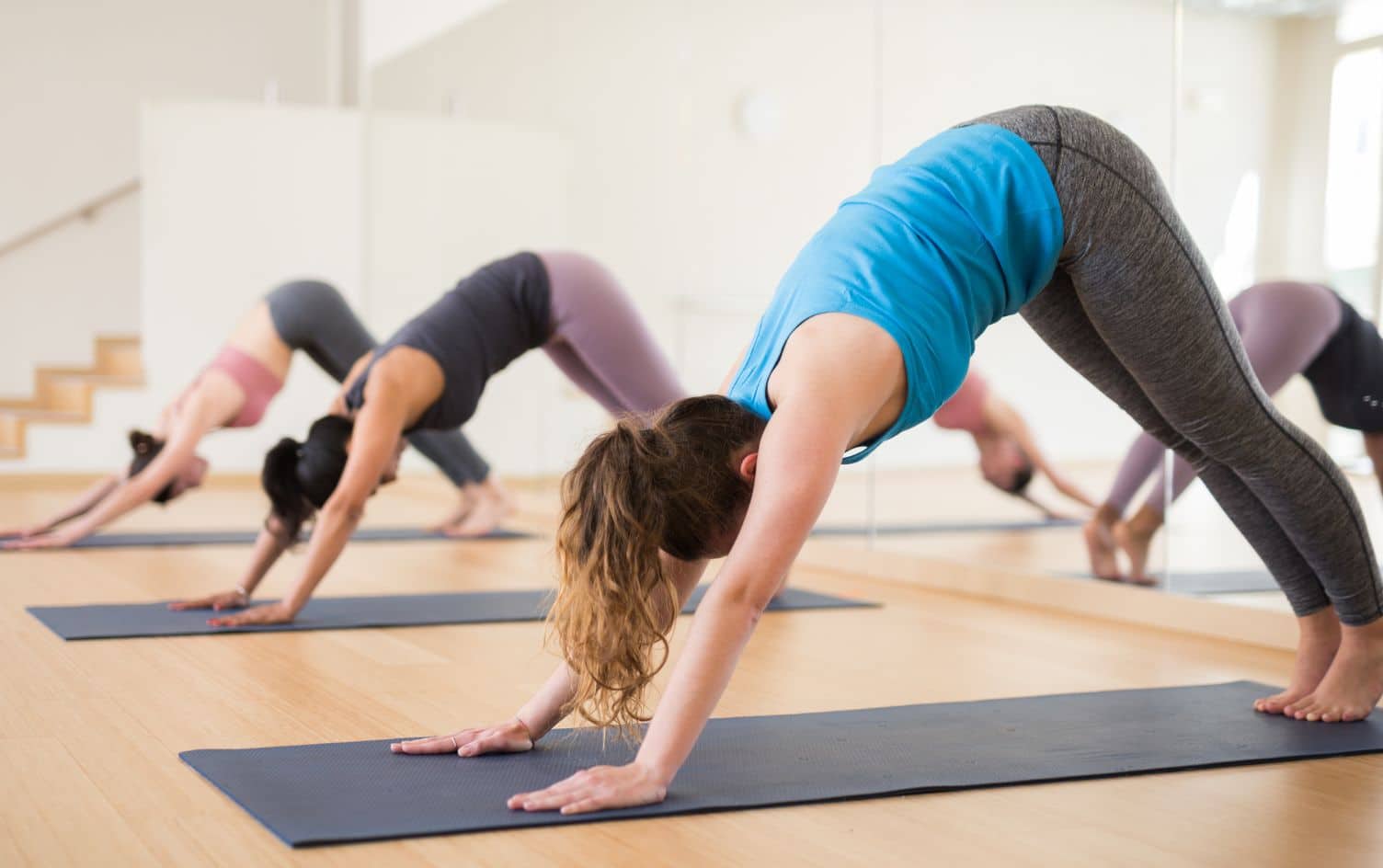Even if you work out as often as you can, odds are that doesn’t translate into doing intense exercise every single day. And that’s actually a good thing—peppering your workout schedule with off days is often key for reaching your fitness goals because the time to recuperate can help your muscles get even stronger. But there’s some confusion about what it really means to take a “rest day,” a topic celebrity trainer Tracy Anderson covers in a new interview with The Cut.
“As long as you’re not being invasive for your body and muscles, you don’t need a day to relax and repair. You need a day to relax and repair when you’re abusing your body,” she says in the interview. But that’s actually not true—taking a step back from your typical workouts is often a great idea, and it’s not only necessary if you’re “abusing” your body. “You can’t expect someone to ‘go hard’ day in and day out and not think accumulated fatigue won’t enter the picture at some point,” Boston-based certified strength and conditioning specialist Tony Gentilcore, tells SELF.
Keep in mind that taking a rest day doesn’t always mean doing absolutely nothing, as Anderson notes: “It’s so important to connect to yourself every day,” she tells The Cut. But there’s a middle ground between a complete rest day and breaking a real sweat. That’s why Gentilcore and many other fitness experts recommend adding active recovery days into your workout routine. Basically, it means you engage in gentle activity to allow your body to rest and rebuild muscle fibers that you tear while exercising. That can be anything from going for a walk to doing light yoga or taking a chill bike ride—the key is to get up and moving. And a major perk is that this kind of activity can make your actual workouts even more effective. Consider active recovery the fitness rule you don’t want to break.
Albert Matheny, M.S., R.D., C.S.C.S., of SoHo Strength Lab and Promix Nutrition, is a fan of active recovery. “Active recovery is better than a rest day because your body and muscles recover faster with light work rather than complete rest,” he tells SELF. Active recovery helps deliver blood to your muscles quickly, bringing nutrients and oxygen to help the muscles repair and recover, he says.Although this would happen even if you were at rest, the benefit of active recovery is that oxygen-rich blood pumps through your body faster when you’re moving, giving your muscles more of the fuel they need to repair the micro-tears that occur when you work out, Matheny explains.
“Active recovery days can be important in maintaining momentum while training,” Doug Sklar, a certified personal trainer and founder of New York City-based fitness training studio PhilanthroFIT, tells SELF. “Rather than completely forgo fitness, active recovery days allows you to do something healthful while still allowing your body to recover from a previous higher intensity workout.”
How you incorporate active recovery depends on the type and intensity of exercise you’re doing, as well as your personal goals. “But generally speaking, it’s a good idea to balance high-intensity workouts with lighter work,” Sklar says. Meaning, if you go for a long run one day, cut yourself some slack and go easier the next day. To help you figure it all out, here’s what a perfect week of working out looks like.
Gentilcore says it’s also important to give yourself a break and take a full day of rest if you need it—physically or mentally. Maybe you’re sick, injured, would rather spend time celebrating a friend’s birthday than working out, or have any other very valid reason to skip an exercise session. Sometimes life gets in the way, and if you can’t always fit exercise in, that’s OK.
Also know this: Rest and recovery days won’t derail your fitness goals. “Just like you can’t become super-fit after one workout, you won’t lose all that you’ve worked for by taking one day off,” says Sklar.




